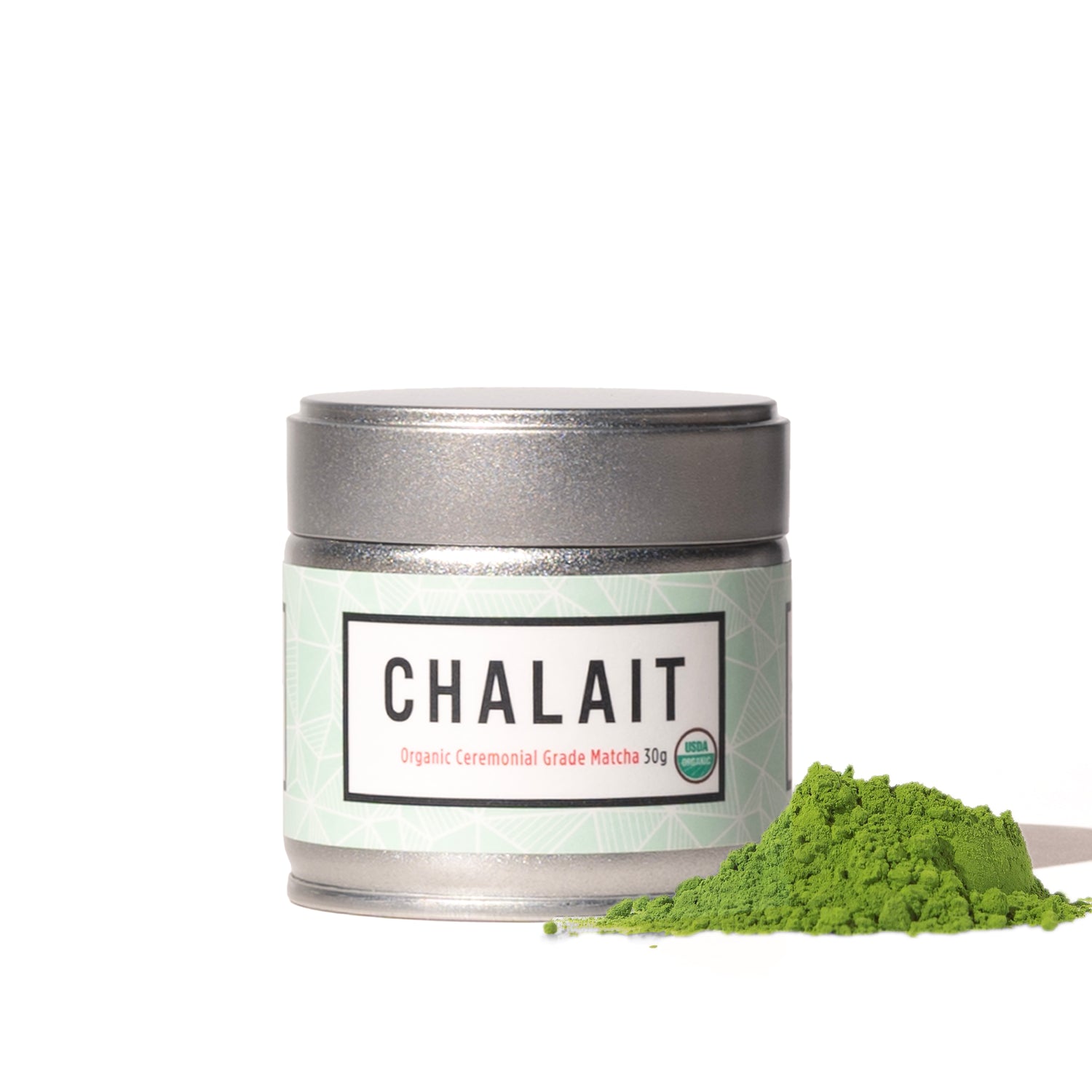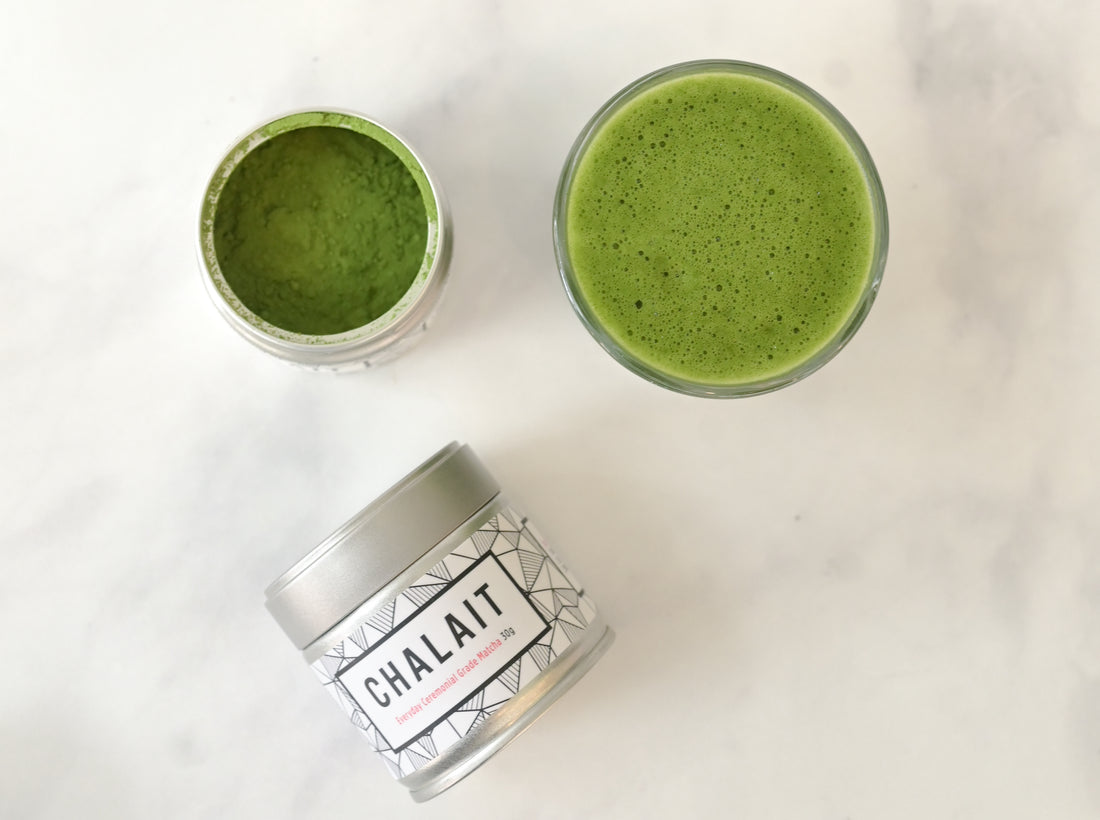Yes, there is a difference between matcha and green tea. Matcha is a type of green tea, but it is made from a specific variety of green tea leaves known as tencha.
The leaves are grown in the shade, which increases their chlorophyll content and gives matcha its vibrant green color. The leaves are then ground into a fine powder and used to make tea. Green tea, on the other hand, is made from steeping whole leaves in water.
Additionally, Matcha is consumed as whole leaf powder, while green tea is consumed by steeping the leaves in hot water. The flavor and nutritional profile of matcha is also different from that of green tea because of the way it is processed.
Matcha and green tea come from the same plant (Camellia sinensis) but because they are processed differently this results in different nutritional profiles.
Matcha is made from whole tea leaves that have been ground into a fine powder, which means that when you consume matcha, you are consuming the entire leaf and thus getting all the nutrients that are present in the leaf.
One serving of matcha powder contains higher levels of antioxidants, specifically catechins, compared to regular green tea. Matcha also contains higher levels of caffeine than green tea, which can provide a boost of energy and mental alertness.
Green tea, on the other hand, is made by steeping the whole leaves in hot water. This means that only a portion of the nutrients from the leaves are extracted into the water. Green tea contains lower levels of caffeine and antioxidants compared to matcha.
In summary, Matcha has higher levels of antioxidants and caffeine than green tea, as well as other unique nutritional properties because it is made from finely ground whole tea leaves, which are consumed entirely.


